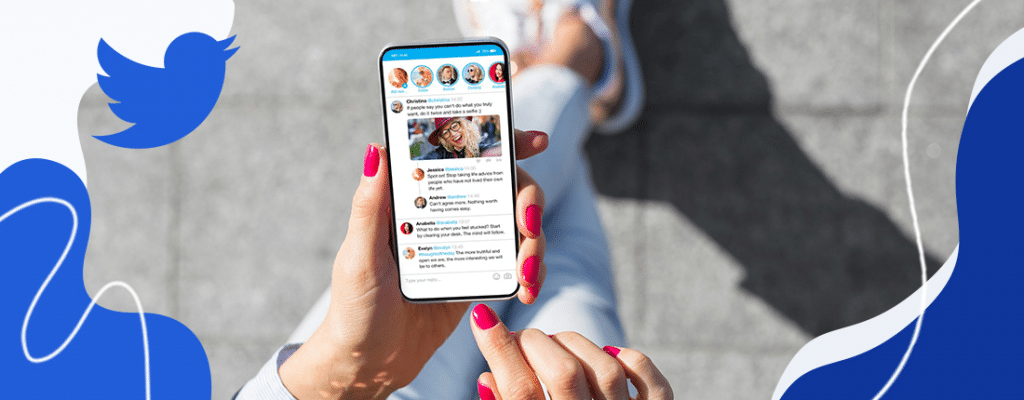After receiving several criticisms from it’s users, Twitter decided to take a step back and hear its audience. According to their own statement, they “switched the timeline back and removed the tabbed experience”, where the user could previously find the algorithmic feed.
Since 2016, Twitter has kept trying to create an algorithmic feed, and in October 2021, they made the biggest change to accomplish this goal: they created a feed with only Tweet suggestions, based on the algorithm, instead of our old (but gold) chronological feed, that used to show us the latest Tweets from the people we follow.
Top Tweets first or latest Tweets first? We’re making it easier to switch between the two timelines and know which one you’re scrolling.
— Twitter Support (@TwitterSupport) October 12, 2021
Now testing with some of you on iOS: swipe between "Home" and "Latest" on the Home tab to choose which Tweets you see first. pic.twitter.com/LoyAN4cONu
As you can imagine, this change was not very warmly welcomed by the users. The algorithmic feed ended up filling our timeline with tweets of the same topic, from people we don’t necessarily follow. During the Super Bowl, for example, you would only read about the Super Bowl. Ok, that can be a cool thing if you’re a Super Bowl fan, but don’t you like to use Twitter to know what else is going on? Because I do.
Lessons that you, as a marketer, can learn from Twitter’s decision
The greatest lesson Twitter has left for marketers is the importance of hearing your audience. Maybe a great and innovative idea is not what your customer wants, and it’s ok to be humble and take a step back when needed. After all, your customer will be the ones using your product or service, so it has to make sense for their actual needs.
Seems pretty obvious, right? But that’s not what always happens. While Twitter is taking an important decision due to listening to its audience, this is not always true on other social platforms. Recently, TikTok just introduced 10-Minute Videos to compete with YouTube, but creators are having doubts about the update.
Ok, it’s not all that bad. But it might look like that TikTok promotes some updates just to be more competitive with other platforms, and not because they are truly willing to listen to their users and make decisions to improve their experience.
And what content tips can marketers get from it?
After Twitter provided us with this look at customer-centricity and being customer-focused, we as marketers can be inspired and try to apply some of this knowledge in our day-to-day routine.
As a hardcore Twitter user since 2009, I can guarantee three main things:
- We like being heard. Well, who doesn’t like it, right?! So try to put your customer in the center of your decisions, and do not hesitate to take a step back if you consider that your decision was not the best one at the moment.
- We call for interaction and conversation with brands. Not only on Twitter but in social media in general. We want the sense of human touch, not just ads popping everywhere.
- Last, but not least, on Twitter we like to do things together. It may sound a little weird, I know, but in 2015, Game of Thrones was the most-talked-about TV show on Twitter, because everyone wanted not just to watch it, but to talk about it with other people. We truly love the sense of community that Twitter allows, and this can be a great way to try to successfully position your brand on this platform: starting or joining a conversation that your audience would love to be part of.
Well, I’m excited to hear and learn about more cases like this, where the company truly puts the customer at the center of any decision. Twitter is a huge case study regarding customer-centricity, but I’m pretty confident that this will be happening more often, and that this is the right way for us from now on: building brands alongside the customer, in a two-way street.
If you liked this content, consider subscribing to our newsletter to receive great articles like this directly in your inbox.







